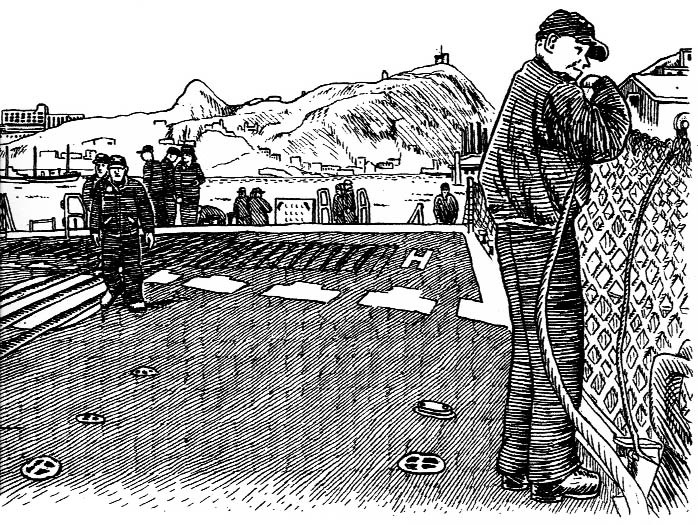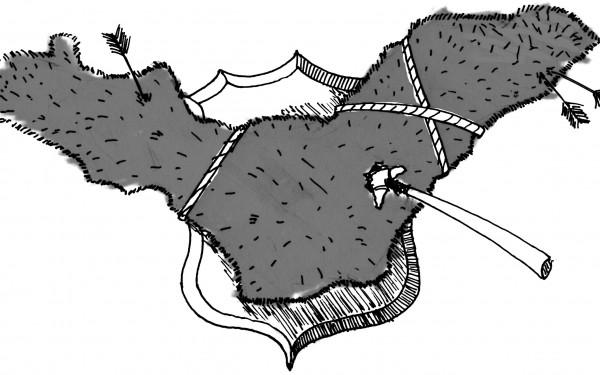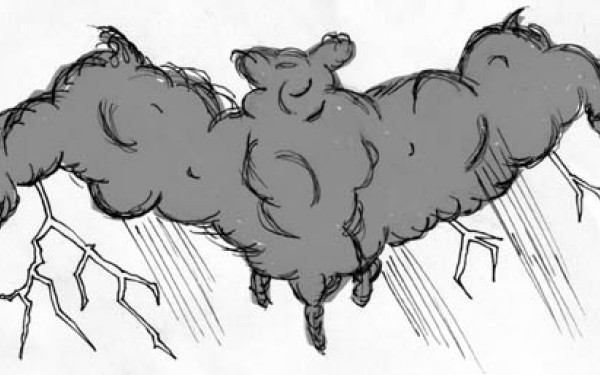Breezy Reading
David Collier’s Graphic Novel Chimo a Sea Oddity
Chimo is David Collier’s autobiographical account of his multiple experiences in the Canadian War Artists Program.
This is a military program that may have escaped your notice until now, which is strange because you’d think they’d do more to publicize something like this.
Basically, Canadian artists volunteer to participate in Canada’s military simply for the experience. (That’s right. Minus the pay.) In fact, there are a large number of artists who submit applications to have this particular experience and only a select few get that privilege.
Collier’s story is unique for a number of reasons. He decided to return to military life while in his 40s amongst soldiers who were, for the most part, half his age. This means training that’s all the more grueling, and leaving behind a less than thrilled family.
Unsurprising given the book he produced, David Collier enrolled in the Canadian War Artists Program as a cartoonist. The reason for his acceptance is clear, thanks to his quirky renditions of military life as a man of “advanced years,” which, in Collier’s words, was a “truly Canadian experience at the time”—if only because the American military doesn’t accept soldiers who are 40 years or older.
The fact that Collier is so much older than his peers makes him vulnerable and charming. He is injured easily during training and is definitely not the most popular soldier. Despite the obstacles, he manages to stay fairly enthusiastic throughout the experience.
That being said, Canadian history is, not to put it too bluntly, inherently boring, and turning daily life into meaningful and/or interesting art, while in the military to boot, can be a difficult task. Nevertheless, Chimo is pretty informative while remaining light and entertaining.
If nothing else, Chimo is an interesting look at a rarely-discussed facet of Canadian life, handled in a playful way that a similar book without comic accompaniment would have trouble communicating. Perhaps the Canadian military realizes this and that is why they are eager to have artists as a part of their team.
Chimo is an enjoyable graphic novel with something for all sorts of readers. Art lovers will appreciate the illustrations, and the work Collier produced during his time in the military, which is included in the book’s Appendices, is a neat bonus. Military folk and Hamiltonians will enjoy the references and overworked students looking for a light, easy book will be charmed by the sea breeze of this quick read.
This article originally appeared in Volume 31, Issue 22, published February 8, 2011.

__900_666_90.jpg)



__600_375_90_s_c1.jpg)
__600_375_90_s_c1.jpg)
